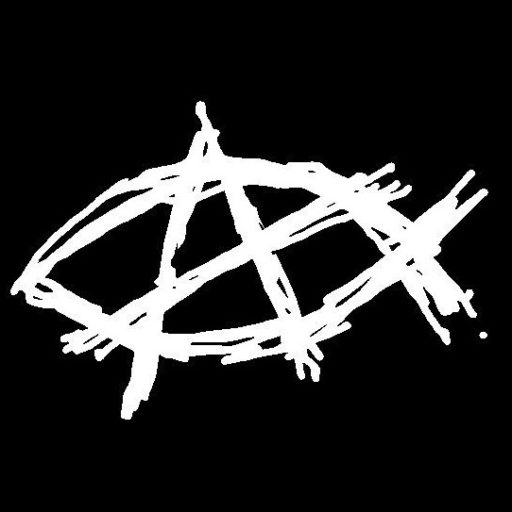
The common question concerning the Church and the state, is whether or not they should be separate. But what is The Church and The State?
Before we can properly answer if they should be separate or joined, we should work off of agreed upon or objective definitions concerning both entities.
The Church
“The Church” is typically used to refer to the righteous and faithful. Sometimes, to the disapproval of many, it is used in a collectivist way that includes all of the terrible things that self-professing Christians have done. However, there is precedence in the church, and church history, for using the term “the Church” in this way that includes people that do not comply with, nor affirm, standard Christian morality or orthodox confessions.
Religious scholars and theologians have come up with different terms to distinguish these two categories, while still identifying both under the larger banner of “the Church”. Some say, inner or outer church, some say church visible and church invisible. The outer, or visible church, being anyone that affirms being a christian, yet the inner, or invisible church, being those that are saved and regenerate, which only God knows.
John Calvin put it concisely in his work Institutes of the Christian Religion,
The judgment which ought to be formed concerning the visible Church which comes under our observation, must, I think, be sufficiently clear from what has been said. I have observed that the Scriptures speak of the Church in two ways. Sometimes when they speak of the Church they mean the Church as it really is before God–the Church into which none are admitted but those who by the gift of adoption are sons of God, and by the sanctification of the Spirit true members of Christ. In this case it not only comprehends the saints who dwell on the earth, but all the elect who have existed from the beginning of the world. Often, too, by the name of Church is designated the whole body of mankind scattered throughout the world, who profess to worship one God and Christ, who by baptism are initiated into the faith; by partaking of the Lord’s Supper profess unity in true doctrine and charity, agree in holding the word of the Lord, and observe the ministry which Christ has appointed for the preaching of it. In this Church there is a very large mixture of hypocrites, who have nothing of Christ but the name and outward appearance: of ambitious, avaricious, envious, evil-speaking men, some also of impurer lives, who are tolerated for a time, either because their guilt cannot be legally established, or because due strictness of discipline is not always observed. Hence, as it is necessary to believe the invisible Church, which is manifest to the eye of God only, so we are also enjoined to regard this Church which is so called with reference to man, and to cultivate its communion.
John Calvin, Institutes of the Christian Religion, Book 4, Chapter 1, Paragraph 7
The State
The State has just as comprehensive a definition as the Church, but seems to have more assumptions than discussions regarding it. The presumed definitions tend to rely on the political persuasion and utilitarian degree of the individual.
Murray Rothbard thoroughly defines the state in his phenomenal essay The Anatomy of the State.
Briefly, the State is that organization in society which attempts to maintain a monopoly of the use of force and violence in a given territorial area; in particular, it is the only organization in society that obtains its revenue not by voluntary contribution or payment for services rendered but by coercion.
Murray Rothbard, Anatomy of the State
Being that many have not considered these terms in relation to the state, it may be helpful to read a little further into Rothbard’s distinctions between the actions of the individual and the actions of the state.
While other individuals or institutions obtain their income by production of goods and services and by the peaceful and voluntary sale of these goods and services to others, the State obtains its revenue by the use of compulsion; that is, by the use and the threat of the jailhouse and the bayonet. Having used force and violence to obtain its revenue, the State generally goes on to regulate and dictate the other actions of its individual subjects. One would think that simple observation of all States through history and over the globe would be proof enough of this assertion; but the miasma of myth has lain so long over State activity that elaboration is necessary.
Murray Rothbard, Anatomy of the State
The Separation?
With proper, agreeable definitions for the Church and the state, conversations as to the relationship between them should be less complicated. Regardless of the political or utilitarian presuppositions, the honest review of the natures of the Church and state should be enough to give us the answer.


 Find it on
Find it on 
